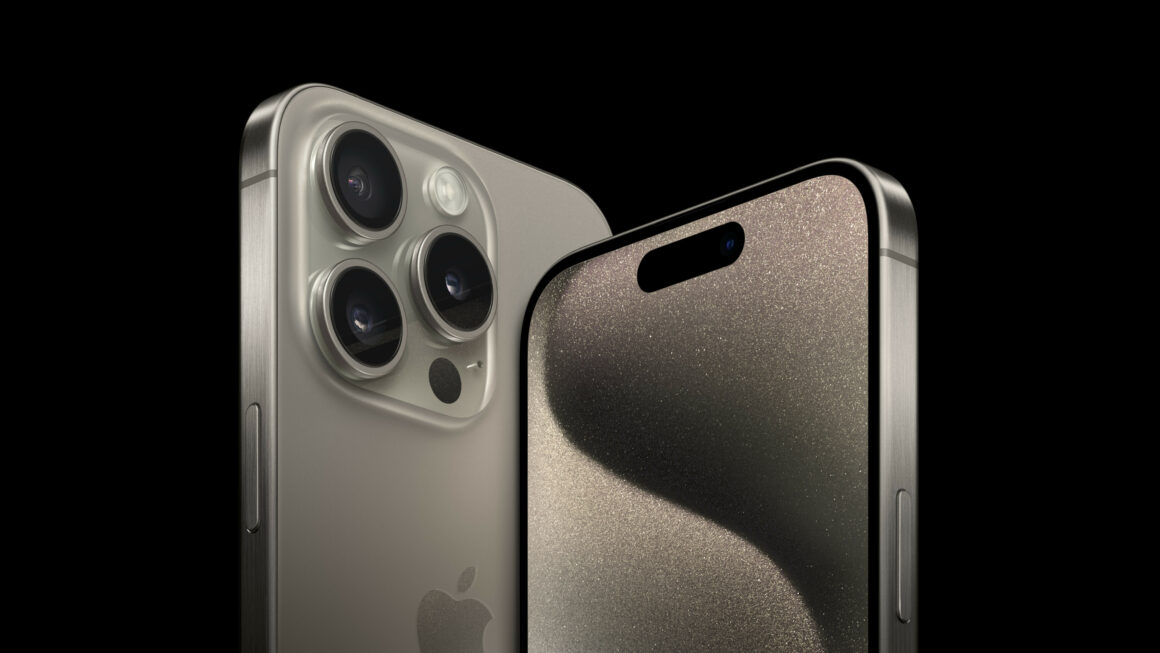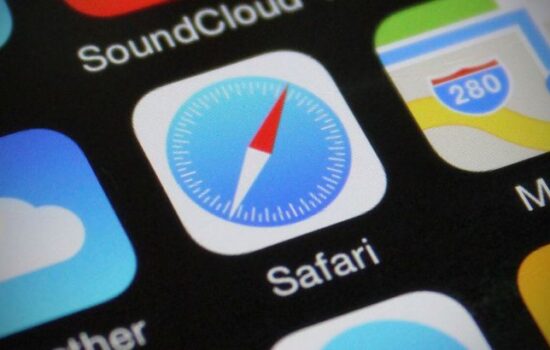In today’s digital age, smartphones have become integral to our lives, holding a wealth of personal and sensitive information. For iPhone users, the security and privacy of their devices should be of utmost concern. With cyber threats evolving constantly, it’s crucial to take proactive steps to protect your iPhone and the data it holds.Â
Security should always be a top priority, whether using the latest iPhone or an older one. To help you safeguard your device and keep your personal information secure, we’ve compiled a list of ten actionable security tips that every iPhone user should implement. Following these recommendations, you can fortify your Apple device against potential threats and ensure that your data remains safe and confidential.
Common iPhone Security Threats
Like all smartphone users, iPhone users are susceptible to various security threats. While Apple’s iOS is generally considered more secure than other mobile operating systems, it’s not immune to risks. Here are some common security threats to be aware of:
Malware and Malicious Apps
- Malware can infiltrate devices through malicious apps, often disguised as legitimate ones.
- Jailbroken iPhones are particularly vulnerable as hackers can install apps from untrusted sources.
Phishing Attacks
- Phishing emails, messages, and websites aim to trick users into revealing personal information or login credentials.
- Attackers may impersonate legitimate services like Apple to deceive users.
Data Breaches
- Data breaches can expose user data stored on iPhone apps or cloud services.
- Weak passwords and poor security practices can contribute to data breaches.
Lost or Stolen Devices
- Losing an iPhone or having it stolen poses a risk if the device isn’t adequately protected.
- Sensitive information can be accessed if the device is not locked or lacks remote tracking and wiping capabilities.
Unsecured Wi-Fi Networks
- Connecting to unsecured or public Wi-Fi networks can expose your data to eavesdropping and interception.
- Attackers can set up rogue Wi-Fi hotspots to trick users into connecting to them.
Security Tips for Every iPhone User
Enable Face ID or Touch IDÂ
Modern iPhones have biometric authentication methods like Face ID and Touch ID. These provide an extra layer of security by ensuring that only you can access your device. Go to Settings > Face ID & Passcode (or Touch ID & Passcode on older models) and follow the setup instructions to enable them. Regularly update your Face ID or Touch ID settings to secure your biometric data.
Set a Strong PasscodeÂ
In addition to biometrics, set a strong alphanumeric passcode. Avoid easily guessable codes like “1234” or “0000.” Instead, opt for a complex combination of letters, numbers, and symbols. Go to Settings > Face ID & Passcode (or Touch ID & Passcode on older models) to change or set your passcode. Also, enable the “Erase Data” feature, which erases all data after ten failed passcode attempts.
Enable Two-Factor Authentication (2FA)
Two-factor authentication provides an extra layer of security by requiring you to enter a verification code sent to your trusted device or phone number when signing in on a new device. To enable it, go to Settings > [your name] > Password & Security > Two-Factor Authentication. This helps protect your Apple ID, which is linked to your iPhone and its associated services.
Regularly Update iOSÂ
Apple releases regular iOS updates that include security patches and bug fixes. These updates are crucial for maintaining the integrity of your device’s security. To ensure you have the latest updates, go to Settings > General > Software Update, and enable automatic updates if possible. Keep your iPhone running the most recent version of iOS to stay protected against known vulnerabilities.
Download Apps Only from the App StoreÂ
Avoid downloading apps from unofficial sources or third-party app stores, as these can contain malware. Stick to the Apple App Store, where apps undergo rigorous scrutiny before being made available. Apple’s strict vetting process significantly reduces the chances of downloading harmful apps.
Review App PermissionsÂ
Check and manage app permissions regularly. Go to Settings > Privacy, and review the permissions granted to each app. Disable any unnecessary access to sensitive data like location, camera, or microphone for apps that don’t require them.
Use a VPN for Added Privacy
A Virtual Private Network (VPN) can help safeguard your online activities by encrypting your internet connection. This protects your data from prying eyes, especially when using public Wi-Fi networks. Download a reputable VPN app from the App Store, configure it, and activate it when accessing sensitive information or browsing the web on your iPhone.
Regularly Back Up Your Data
Frequent backups ensure that your data remains safe even in the event of a device loss or failure. Set up automatic iCloud backups by going to Settings > [your name] > iCloud > iCloud Backup and turning it on. Additionally, consider performing manual backups using iTunes or Finder on your computer. This redundancy ensures you can recover your data if needed.
Enable Find My iPhoneÂ
Find My iPhone is a powerful feature that allows you to track and remotely lock or erase your device in case it’s lost or stolen. To enable it, go to Settings > [your name] > Find My > Find My iPhone and ensure it’s turned on. With this feature activated, you can locate your iPhone on a map, play a sound to help find it, and remotely wipe your data to protect your privacy.
Be Wary of Phishing Scams
Stay vigilant against phishing attempts, which can trick you into revealing your personal details. Be cautious of unsolicited emails, messages, or calls that ask for sensitive data. Perform a reverse phone lookup on Nuwber to find out who the number is registered under. Also, you should note that Apple will never ask for your personal information via any regular means of communication. If someone reaches out to you and poses as an Apple representative, ignore them and contact Apple support.
Conclusion
Safeguarding your iPhone and its valuable data is a responsibility that should be taken seriously. By implementing the above ten actionable security tips, you can significantly enhance your device’s security and protect your privacy. Remember that staying informed about evolving threats and regularly reviewing your security settings is essential in maintaining a secure iPhone experience. Prioritizing security ensures that your iPhone remains a trusted companion in your digital life.







